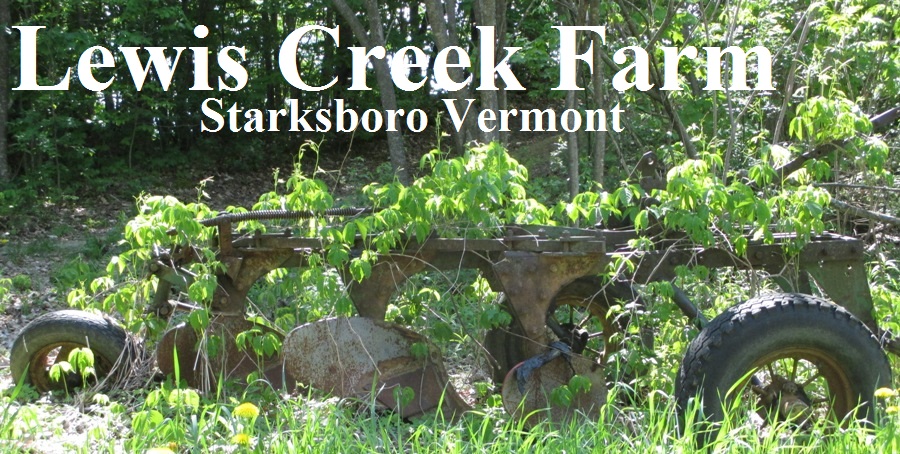Solar Energy
In 2012 we installed solar panels on the south facing roofs of the Farmstand and office. It's a 10 Kw system producing about 11500 Kw of electricity each year. It is a Grid-tied system which feeds the excess production back into the power grid running our electric meter backwards, rather than storing it in batteries. I applied for a USDA Reap Grant (R.E.A.P = Rural Energy for America Program) to help pay for it. It was a full blown Federal grant application and it was a lot of work to write. But in the end I got the grant! Only after I had written the whole grant and submitted it, did I find out that usually people hire a professional grant writers to write a grant like that. That discovery made me particularly proud when I got the grant.
The Solar panels produce about 40% of our total electricity use. We use a lot of electricity here on the farm, mostly for refrigeration. Every day in the summer we harvest vegetables, put them in the cooler to cool them down and then sell them to someone. The next day we harvest more hot vegetables, and put them in the cooler, and so it goes day after day. That's a lot of refrigeration.
Wood Pellet Furnace
In the Summer of 2014 we installed a Wood Pellet Furnace to heat the Greenhouse and the winter Storage area. A large portion of our fuel consumption is in heating the greenhouse. It's probably 50% of our total fuel consumption and carbon footprint. By switching from fossil fuels to wood pellets have halved our carbon footprint. We are at this writing (April 2015) at the end of the first heating season with wood pellets. Fuel Oil prices had been very high early 2014 and went down sharply for the 2014-15 heating season, so in our first season heating with wood pellets we haven't saved as much money as we had hoped. However the System worked very well, and when fuel oil prices go up again, as they surely will, well be in a position to save a lot of money on heating costs, as well as the reduction in our carbon footprint.

